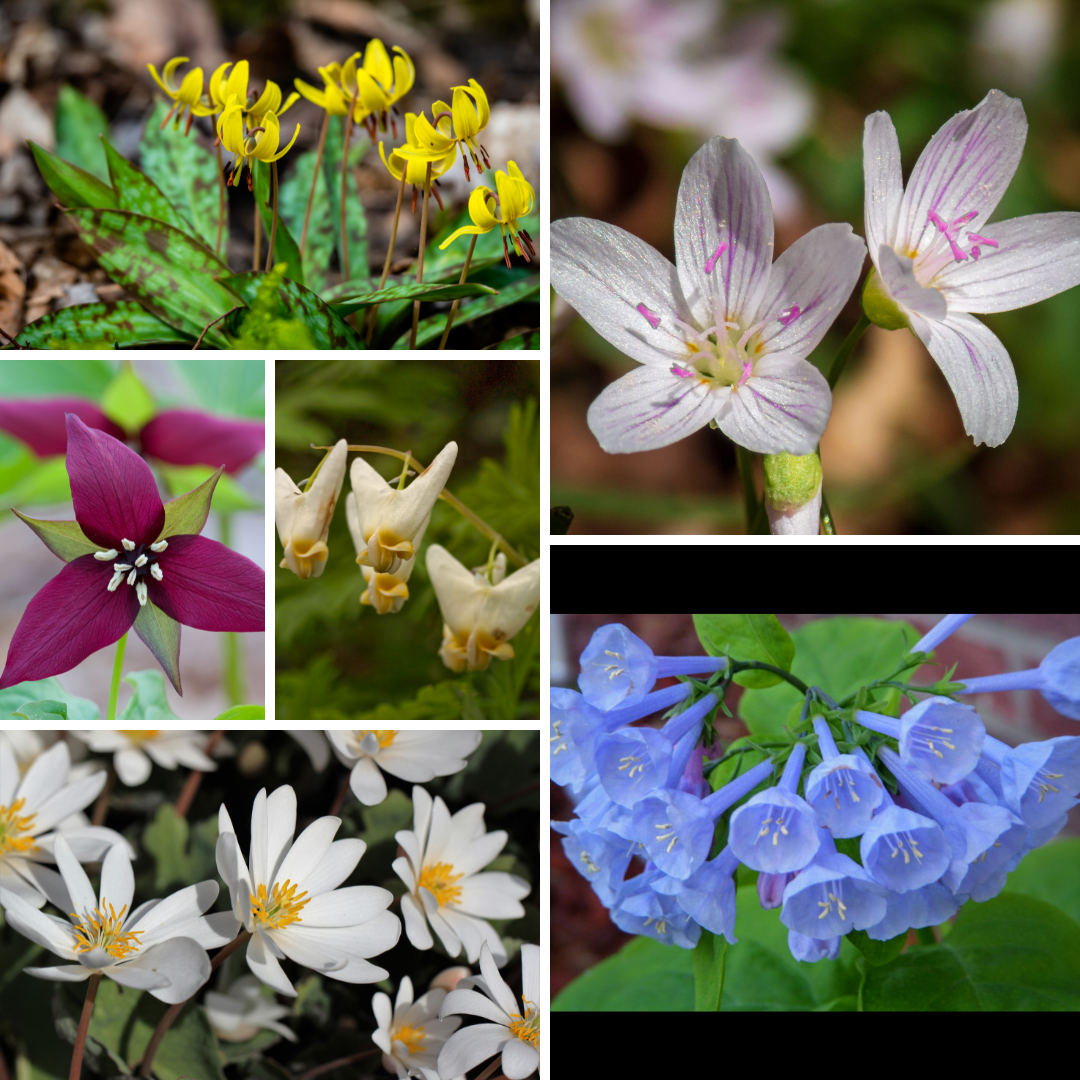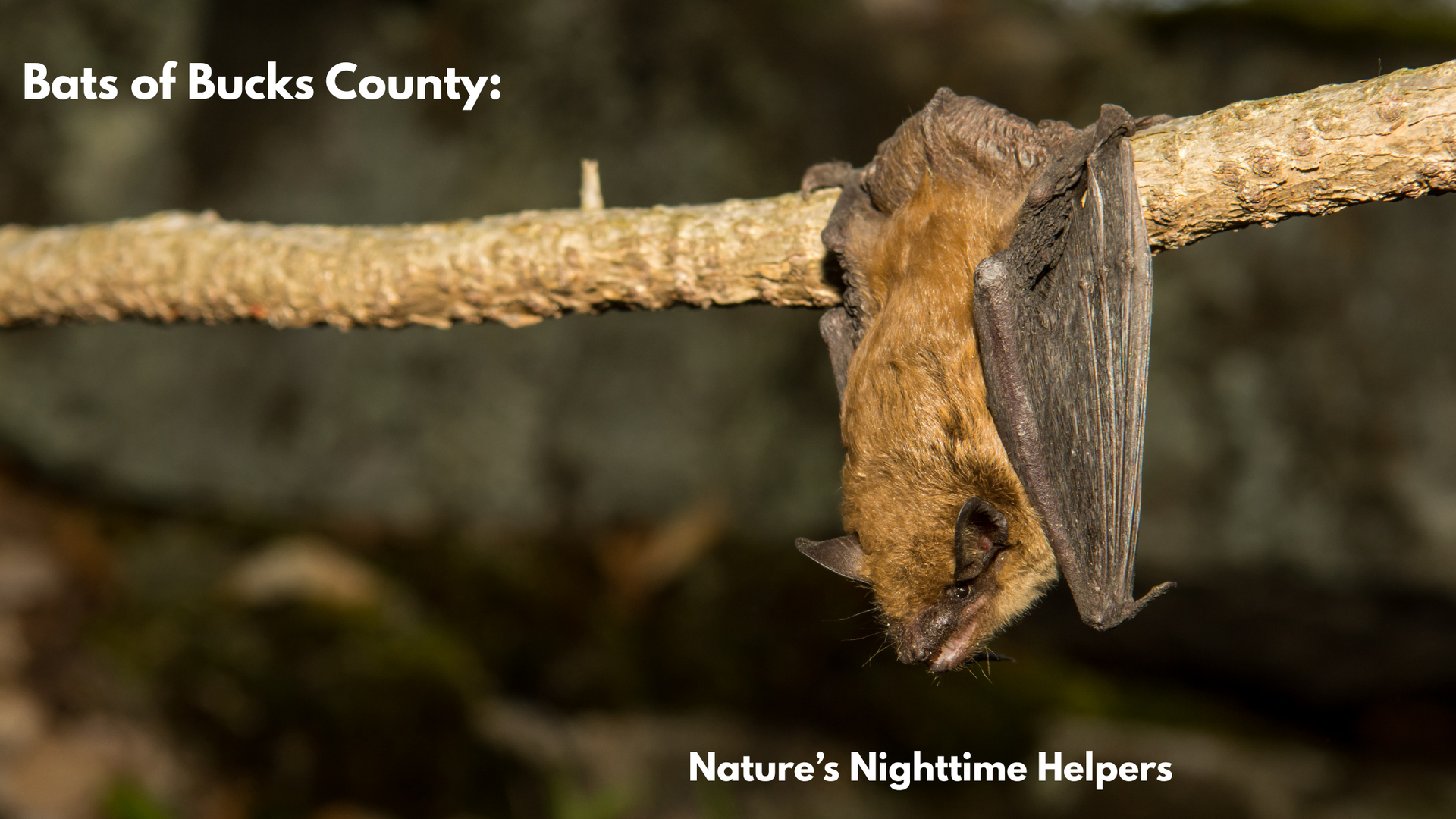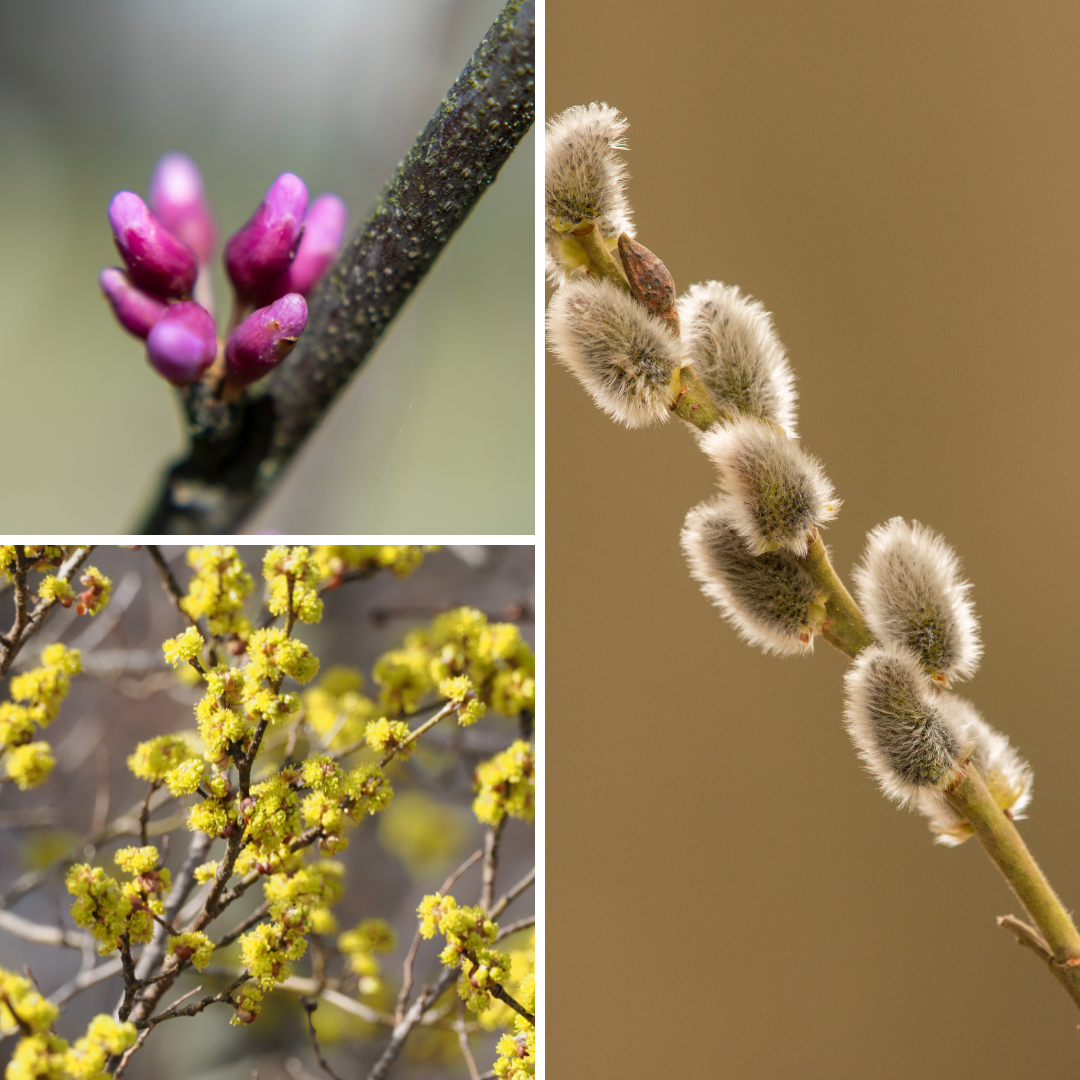Transient Beauty: Exploring the World of Spring Ephemerals

As the winter chill gradually fades away, Eastern Pennsylvania transforms into a breathtaking tapestry of colors with the emergence of spring ephemerals. These delicate wildflowers, often overlooked amidst the grandeur of summer blooms, hold a special charm and significance in the ecosystem.
What are Spring Ephemerals?
Spring ephemerals are native plants that bloom briefly in early spring, typically before the tree canopy fully develops. They have adapted to take advantage of the sunlight reaching the forest floor before the trees leaf out. These plants complete their life cycle quickly, from sprouting leaves and flowers to setting seeds, all within a short window of a few weeks.
Common Spring Ephemerals in Eastern Pennsylvania
Bloodroot (Sanguinaria canadensis): Named for its red sap and liver-shaped leaves, bloodroot produces delicate white flowers in early spring, often found in moist woodlands. The flowers of bloodroot are short-lived, typically lasting only a few days. This brief flowering period is a fascinating adaptation that allows the plant to efficiently utilize resources and attract pollinators during a specific window of time.
Bloodroot's timing is synchronized with the emergence of early spring pollinators, such as bees and flies, which are vital for its reproductive success. The short flowering period helps bloodroot conserve energy and resources. Once the flowers fade, the plant focuses its energy on developing seeds and storing nutrients in its underground rhizome, ensuring its survival and growth for the next growing season.
Trillium (Trillium spp.): Known for their three-petaled flowers and distinctive foliage, trilliums add a splash of color to the forest floor with variations in shades of white, pink, and red. Trilliums have a unique relationship with ants for seed dispersal. The seeds of trilliums have a fleshy appendage called an elaiosome that attracts ants. The ants carry these seeds back to their nests, consume the elaiosome, and then discard the seed in a nutrient-rich environment, such as their underground nest or a nearby location. This process, known as myrmecochory, helps trilliums disperse their seeds effectively across the forest floor, promoting genetic diversity and the colonization of new habitats.
Virginia Bluebell (Mertensia virginica): With clusters of bell-shaped blue flowers, Virginia bluebells create stunning carpets of color in wetter areas near streams and riverbanks. Some insects, including carpenter bees and short-tongued bumble bees “rob” the flower of nectar without pollinating it. They bite holes at the flower’s base to access the nectar. Other insects like honey bees and ants may also use these holes to “steal” nectar.
Dutchman's Breeches (Dicentra cucullaria): This whimsically named flower resembles tiny pairs of pants hanging from a line, showcasing white to pink blooms that attract early-season pollinators. Dutchman's Breeches has an interesting adaptation related to pollination. Unlike many flowers that rely on bees and butterflies for pollination, Dutchman's Breeches has a unique strategy. Its flowers are primarily pollinated by bumblebees, which are some of the few insects with tongues long enough to reach the nectar deep inside the flower's spurs. This specialization in pollination highlights the intricate and specialized relationships that have evolved between plants and pollinators in natural ecosystems.
Spring Beauty (Claytonia virginica): Aptly named, spring beauty boasts delicate pink or white flowers with striped petals, adding a touch of elegance to woodland settings. remarkable ability to close its flowers at night and during cloudy or rainy weather. This behavior is known as nyctinasty, and it serves several purposes for the plant. By closing its flowers, Spring Beauty can protect its delicate reproductive parts from potential damage caused by adverse weather conditions or nocturnal herbivores. Additionally, closing the flowers can help conserve nectar and pollen, ensuring that these resources are available primarily during the day when pollinators are most active. They are one of the only flowers with pink pollen.
Trout Lily (Erythronium americanum): A miniature yellow lily of woodlands and streambanks, Erythronium americanum blooms in early April about the same time that trout fishing season opens. You’ll find these plants growing in large colonies, forming a dense carpet on the forest floor. Young plants have one leaf and older plants have two. On average, it takes seven years for a trout lily to produce a flower!1 The flowers are yellow and droop downwards. They are also “perfect flowers,” meaning they have both male and female structures (stamens and carpels).
Ecological Importance and Conservation
Spring ephemerals play a crucial role in the ecosystem by providing early nectar and pollen sources for pollinators such as bees, butterflies, and flies. They also contribute to soil health and nutrient cycling, benefiting the surrounding flora and fauna. However, these plants are often sensitive to habitat disturbances, emphasizing the importance of conservation efforts to preserve their natural habitats.
Tips for Observing Spring Ephemerals Responsibly
Stay on Designated Trails: Avoid trampling fragile spring ephemerals by sticking to designated paths and trails when exploring natural areas.
Take Only Photos: Resist the temptation to pick or uproot wildflowers, as this can disrupt their growth and reproductive cycle.
Learn and Educate: Take the time to learn about spring ephemerals and share your knowledge with others to foster appreciation and conservation efforts.
The fleeting beauty of spring ephemerals reminds us of nature's resilience and the intricate balance of life in Eastern Pennsylvania's woodlands. Take a moment to travel our trails and immerse yourself in the wonder of these ephemeral treasures during your next outdoor adventure.




